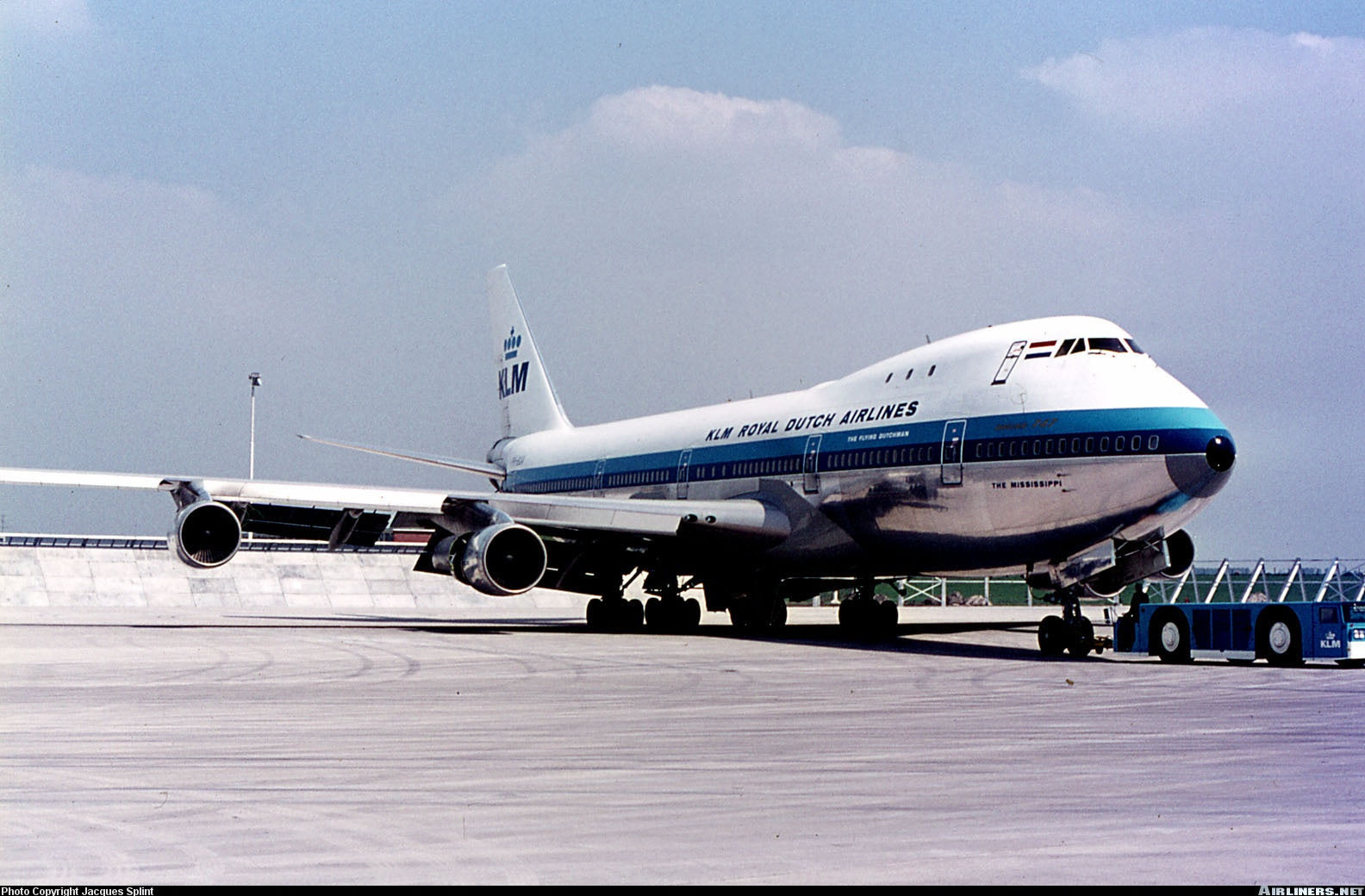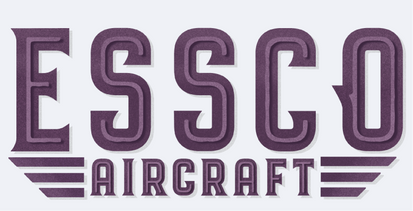
Number 94 of 100 in 100: The Boeing 747
Conceptualization:
The Boeing 747, often called the "Queen of the Skies," was developed during the mid-1960s to address a rapidly growing demand for air travel. The post-war aviation boom saw airlines struggling to accommodate increasing passenger numbers, prompting industry leaders to recognize the need for larger, more efficient aircraft. Pan American World Airways (Pan Am), led by visionary CEO Juan Trippe, was instrumental in pushing for an airliner capable of carrying more passengers over longer distances, reducing congestion and operating costs. This vision aligned with Boeing’s ambition to create a revolutionary aircraft to dominate long-haul travel.
Boeing’s experience in designing large military transports for the CX-HLS (Cargo-Experimental, Heavy Logistics System) program, though ultimately losing to Lockheed’s C-5 Galaxy, informed many aspects of the 747’s design. Joe Sutter, the lead engineer, envisioned a versatile aircraft adaptable for both passenger and cargo use, laying the groundwork for its iconic wide-body design and raised cockpit. The result was an airliner that set new standards in capacity, efficiency, and global connectivity.
Original Design:
The Boeing 747 introduced several innovative features that distinguished it from predecessors and competitors. Its wide-body fuselage, nearly 20 feet in diameter, enabled seating for up to 366 passengers in a three-class layout or over 500 in an all-economy setup. This design prioritized passenger comfort and operational efficiency, meeting the needs of airlines aiming to reduce costs per seat-mile.
The raised cockpit and distinctive hump-backed upper deck, originally intended as a premium passenger lounge, also allowed for a nose-loading cargo door, making the 747 highly adaptable for freight operations. The introduction of high-bypass turbofan engines, specifically the Pratt & Whitney JT9D, enhanced fuel efficiency and performance, enabling long-haul operations with heavy payloads. Its advanced wing designs and redundant safety systems made the 747 a cornerstone of commercial and cargo aviation.

Photo Credit: airliners.net - Vladmir Mikitarenko
Principal Designer:
Joe Sutter, often referred to as the "Father of the 747," was the driving force behind its creation. After earning an aeronautical engineering degree from the University of Washington in 1943, he joined Boeing and contributed to iconic projects such as the Boeing 707 and 727, preparing him for the monumental task of leading the 747 program.
Sutter’s leadership emphasized collaboration and innovation. Working closely with airlines like Pan Am, he assembled a team known internally as “The Incredibles,” resulting in a design that balanced passenger capacity and cargo versatility.
Production Run:
Production began in 1967 at Boeing’s Everett factory in Washington, specifically constructed to accommodate the 747’s size. The first prototype rolled out in September 1968, with its maiden flight occurring in February 1969. Commercial service began in January 1970 with Pan Am.
During its 54-year production run, Boeing produced 1,574 units of the 747 across variants, including the 747-100, 747-200, 747-300, 747-400, and 747-8. The final aircraft, a freighter variant, 747-8F, was delivered to Atlas Air on January 31, 2023, marking the end of a production era that redefined aviation.
Evolution:
The Boeing 747 evolved through several iterations, each addressing new market demands and technological advancements. The 747-100 set the foundation with its high-capacity design, but subsequent models like the 747-200 introduced more powerful engines and increased range. The 747-300 added an extended upper deck, while the 747-400 became the most popular variant, featuring winglets, advanced avionics, and improved fuel efficiency.
The final evolution, the 747-8, incorporated state-of-the-art General Electric GEnx engines, a stretched fuselage, and updated aerodynamics, making it the largest and most advanced model. These continual upgrades allowed the 747 to remain competitive against newer twin-engine aircraft, cementing its reputation as a versatile and reliable workhorse in both passenger and cargo operations.

Photo Credit: airliners.net - Brian Lockett
Specifications:
Boeing 747-8 Specifications:
General Characteristics (747-8 Intercontinental):
- Crew: 2 (Pilot and Co-pilot)
- Passenger Capacity:
- Typical three-class configuration: 410 passengers
- Maximum seating: ~524 passengers
- Length: 250 ft 2 in (76.25 m)
- Wingspan: 224 ft 7 in (68.5 m)
- Height: 63 ft 6 in (19.4 m)
- Wing Area: 5,960 sq ft (554 m²)
- Cargo: 6,357 cu ft (180.1 m3)
- Empty Weight (OEW): 485,300 lbs (220,128 kg)
- Maximum Takeoff Weight (MTOW): 987,000 lbs (447,700 kg)
- Fuel Capacity: 63,034 gallons (238,610 liters)
Performance:
- Engines: 4 × General Electric GEnx-2B67 turbofan engines
- Thrust: 66,500 lbf (296 kN) per engine
- Maximum Speed: Mach 0.92 (~614 mph, 988 km/h)
- Cruising Speed: Mach 0.85 (~580 mph, 933 km/h)
- Range: 7,730 nautical miles (14,430 km)
- Takeoff Distance: ~10,465 feet (3,190 meters)
In Comparison to Other Aircraft in its Class:
Compared to other aircraft in its class, the Boeing 747-8 Intercontinental holds its own as a true icon of versatility and performance. While the Airbus A380 can carry more passengers—up to 853 in an all-economy layout, though typical configurations seat fewer to prioritize passenger comfort—the 747-8 offers a more balanced approach. With a typical three-class capacity of 410 passengers, it provides airlines the flexibility to combine luxury and efficiency on long-haul routes. Moreover, its ability to carry up to 6,345 cubic feet of cargo makes it a valuable asset for mixed operations, something the A380 doesn’t do as seamlessly.
In terms of performance, the 747-8’s four General Electric GEnx-2B67 engines deliver exceptional power and efficiency, allowing it to cruise at Mach 0.85 and cover an impressive 7,730 nautical miles. Although twin-engine competitors like the Airbus A350-1000 are more fuel-efficient, the 747-8 compensates with unparalleled payload capacity and the reliability of its four-engine configuration. This is especially critical for ultra-long-haul flights over remote areas where engine redundancy provides peace of mind to pilots and passengers alike.
Performance:
Boeing 747-8 Performance Envelope:
V-Speeds (747-8 Intercontinental):
- V_NE (Never Exceed Speed): 614 mph (Mach 0.92)
- V_NO (Maximum Structural Cruising Speed): 570 mph (Mach 0.85)
- V_FE (Maximum Flap Extended Speed):
- 1°: 280 knots (322 mph)
- 10°: 260 knots (299 mph)
- 20°: 240 knots (276 mph)
- 30°: 230 knots (265 mph)
- V_LE (Maximum Landing Gear Extended Speed): 270 knots (311 mph)
- V_LO (Maximum Landing Gear Operating Speed):
- Extension: 270 knots (311 mph)
- Retraction: 250 knots (288 mph)
- V_S (Stall Speed, Clean Configuration): ~180 knots (207 mph)
- V_S0 (Stall Speed, Landing Configuration): ~160 knots (184 mph)
G-Load Limitations:
- Positive G-Load Limit: +2.5 Gs
- Negative G-Load Limit: -1.0 G
Performance Assessment:
The Boeing 747-8’s performance envelope reflects its design as a long-haul, high-capacity workhorse. With a maximum structural cruising speed (V_NO) of Mach 0.85 and a never-exceed speed (V_NE) of Mach 0.92, the aircraft balances efficiency with the ability to maintain tight schedules on intercontinental routes. Its stall speeds of approximately 180 knots in clean configuration and 160 knots in landing configuration demonstrate the aircraft’s stable handling during critical phases of flight, ensuring safety and control for pilots.
The G-load limitations of +2.5 and -1.0 highlight the structural robustness of the 747-8, perfectly suited for the smooth, predictable operations required in commercial and cargo aviation. The aircraft's ability to manage a variety of speeds and configurations, from high-speed cruise to safe landing with extended flaps, supports its primary role as a reliable and adaptable platform for carrying passengers and cargo across vast distances. Whether operating in congested airways or remote routes, the 747-8 delivers consistent performance, embodying the versatility and reliability expected of the "Queen of the Skies."

Photo Credit: airliners.net - Brian Lockett
Safety Record:
The 747 has logged over 118 million flight hours, demonstrating exceptional reliability. Incidents like the Tenerife disaster in 1977 and Japan Airlines Flight 123 in 1985 highlighted human factors and maintenance challenges rather than design flaws. These events led to improved pilot training, air traffic communication, and maintenance protocols. The hull loss rate—1.58 per million departures—aligns with industry safety standards.
Conclusion:
The Boeing 747’s legacy as the "Queen of the Skies" is a testament to aviation innovation. From its debut in the 1960s to its final delivery in 2023, it revolutionized global travel and cargo transport. Its evolution and adaptability ensured its relevance for over five decades, solidifying its place as an icon of aviation history.

Photo Credit: airliners.net - NJP
Bibliography:
Federal Aviation Administration (FAA)
National Transportation Safety Board (NTSB)
Essco Links:
